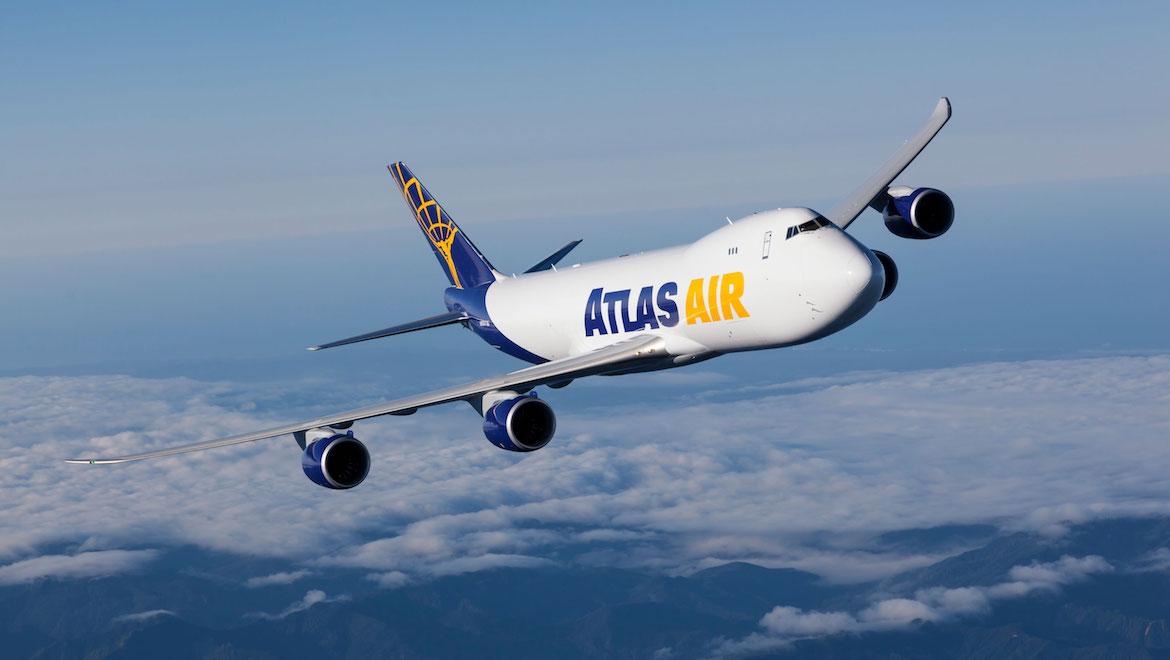
Atlas Air will receive the last-ever delivery of a Boeing 747F later this year when the final production stage is completed, marking the end of an era in the aviation industry.
The 747’s retirement from the Boeing fleet comes after over 50 years of continuous production since the aircraft’s first flight in February 1969.
Designed during the 1960s as an answer to the growing demand for affordable commercial air travel, the 747 has been a staple of airlines across the first for the past half-century.
Pan American World Airways was in need of a larger capacity passenger aircraft that could fly long distances, resulting in Pan AM founder Juan Trippe requesting Boeing produce a plane that fitted the requirements.
The first 747 took two years to design and build following Trippe’s request. The aircraft was a major success, significantly contributing to the increasing affordability of international air travel for the average person.
Pan Am went on to become the 747’s biggest operator, housing and flying 47 of the 747-100’s over the course of its operations.
The 747 become an early staple within the fleets of many of the world’s largest airlines, including KLM, British Overseas Airways Corporation, Qantas, and Japan Airlines.
Despite its age, the 747 competed well against more modern competition such as the Airbus A380. Boeing continued to update the aircraft throughout the years, introducing new variants and stretching its length.
While being designed initially as a passenger aircraft, Boeing allowed airlines to use the 747 for commercial and cargo services, making it one of the most ubiquitous aircraft in airline fleets across the globe.
A few years ago the retirement of the 747 still seemed relatively far off, but pandemic-related pressures and the emergence of superior flight design technology has heralded the end of production earlier than expected.
Lacking the efficiency in fuel economy of more modern aircraft, rising fuel prices have caused airlines to move away from the aging 747. Its primary use in the modern aviation industry is as a cargo aircraft, with airlines such as Atlas Air and UPS currently standing as the largest operators of the 747.
While its retirement from production may be coming sooner than expected, the 747s already delivered to airlines will continue to be operated for years to come.
The 747 leaves behind a monumental legacy in the aviation industry that will be hard to beat.










